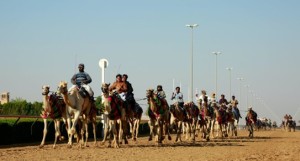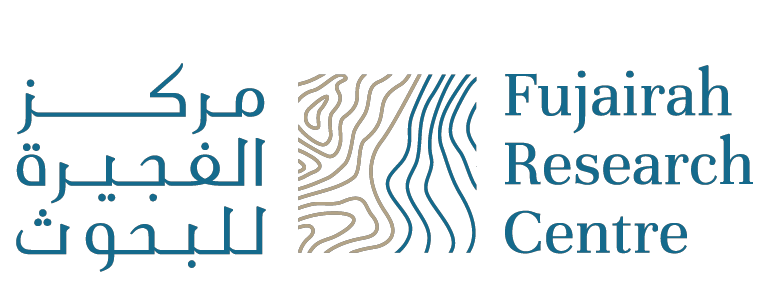
The Evolution of Camel Racing in the UAE: From Tradition to Innovation
Camel racing, deeply embedded in the cultural fabric of the United Arab Emirates (UAE), has undergone a captivating journey of transformation over the years. Originating as a traditional pastime, it has evolved into a sophisticated sport that harmoniously blends tradition with modern technology. This article aims to delve deeper into the nuanced history of camel racing in the UAE, exploring its profound cultural significance and tracing its trajectory towards a technologically advanced future.
Camel racing's origins can be traced back centuries, entwined with the cultural tapestry of the Arabian Peninsula. Historical records indicate its existence as early as the 7th century when camels served as essential companions for survival in the unforgiving desert environment. The evolution of camel racing mirrors the broader historical and cultural developments in the UAE, transitioning from a practical necessity to a revered cultural activity.
The connection between the Bedouin way of life and camel racing is evident in the historical context, where the nomadic tribes relied on camels not only for transportation but also as companions. As the region embraced a more settled lifestyle, camel racing became a celebration of heritage, embodying the enduring bond between the people and their camel companions.
The latter half of the 20th century witnessed a significant shift in camel racing dynamics. The UAE, recognizing the cultural and economic potential of the sport, embarked on a journey to modernize camel racing. This transformation involved substantial investments in the construction of purpose-built racetracks, the formalization of racing events, and the development of stringent regulations to ensure fair competition.
The professionalization of camel racing marked a turning point, elevating the sport from a local pastime to a globally recognized spectacle. The carefully curated events attracted not only local enthusiasts but also an international audience, cementing the UAE's position as a hub for camel racing on the global stage.
The most groundbreaking phase in camel racing's evolution occurred with the integration of technology. In the early 21st century, the traditional human jockeys were replaced by robotic counterparts, ushering in a new era of efficiency and fairness. These remote-controlled jockeys, equipped with advanced features such as whips and GPS, not only addressed ethical concerns related to child jockeys but also introduced a level of precision and competitiveness previously unseen in the sport.
The adoption of robotic jockeys, however, wasn't without its challenges. Traditionalists questioned the shift, emphasizing the loss of the human connection between rider and camel. Striking a delicate balance between preserving tradition and embracing innovation became a key consideration for the stakeholders in the camel racing community.
The modernization efforts and technological innovations propelled camel racing onto the global stage, establishing the UAE as a key hub for enthusiasts worldwide. Events like the Dubai Camel Racing Festival and the Al Marmoom Heritage Festival gained international acclaim, attracting competitors and spectators from diverse backgrounds. The global popularity of camel racing soared, transforming it from a regional tradition into a celebrated international sport. Despite its remarkable evolution, camel racing in the UAE faces challenges that require careful consideration for its sustainable future. Concerns related to animal welfare and the environmental impact of large-scale events have prompted a reevaluation of practices within the industry. The future of camel racing hinges on the industry's ability to address these issues responsibly, incorporating innovations such as sustainable racetrack designs, improved veterinary care, and continued advancements in technology.
Sustainable practices, including the development of eco-friendly racetracks and comprehensive animal welfare programs, are becoming essential components of the camel racing landscape. Striking a harmonious balance between tradition and innovation, the UAE's camel racing industry is poised to lead the way in setting global standards for responsible and sustainable sporting practices.
Camel racing in the UAE has transcended its humble origins, evolving into a modern and globally recognized sport. The infusion of technology, coupled with strategic investments and a commitment to preserving cultural heritage, has propelled camel racing into the 21st century. As the sport continues to evolve, balancing tradition with innovation will be key to ensuring its longevity and sustainability on the international stage.
Camel racing stands at the intersection of heritage and progress, reflecting the UAE's commitment to preserving its cultural legacy while embracing the opportunities of the future. The journey from a traditional pastime to a high-tech sporting spectacle signifies not only the resilience of tradition but also the adaptability required to thrive in a rapidly changing world. The story of camel racing in the UAE serves as an inspiring narrative of cultural preservation, innovation, and the enduring bond between a people and their majestic desert companions.
